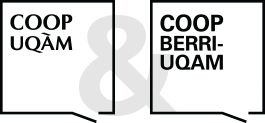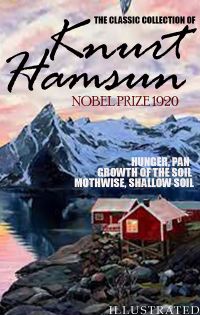The classic collection of Knurt Hamsun. Nobel Prize 1920. Illustrated
Éditeur : Andrii Ponomarenko
ISBN numérique ePub: 9786178289065
Parution : 2023
Catégorisation :
Livres numériques /
Autre /
Autre /
Autre.
Formats disponibles
| Format | Qté. disp. | Prix* | Commander |
|---|---|---|---|
| Numérique ePub Protection none*** |
Illimité | Prix : 0,99 $ |
*Les prix sont en dollars canadien. Taxes et frais de livraison en sus.
***Ce produit est protégé en vertu des droits d'auteurs.
Description
Knut Hamsun (4 August 1859 — 19 February 1952) was a Norwegian writer who was awarded the Nobel Prize in Literature in 1920. Hamsun's work spans more than 70 years and shows variation with regard to consciousness, subject, perspective and environment. He published more than 20 novels, a collection of poetry, some short stories and plays, a travelogue, works of non-fiction and some essays. Hamsun first received wide acclaim with his 1890 novel Hunger (Sult). The semiautobiographical work described a young writer's descent into near madness as a result of hunger and poverty in the Norwegian capital of Kristiania (modern name Oslo). To many, the novel presages the writings of Franz Kafka and other twentieth-century novelists with its internal monologue and bizarre logic. Hamsun's prose often contains rapturous depictions of the natural world, with intimate reflections on the Norwegian woodlands and coastline. For this reason, he has been linked with the spiritual movement known as pantheism (“No one knows God,?? he once wrote, “man knows only gods.??). Hamsun saw mankind and nature united in a strong, sometimes mystical bond. This connection between the characters and their natural environment is exemplified in the novels Pan, A Wanderer Plays on Muted Strings, and the epic Growth of the Soil, “his monumental work?? credited with securing him the Nobel Prize in literature in 1920. Contents: — Hunger — Pan — Growth of the Soil — Mothwise — Shallow Soil























